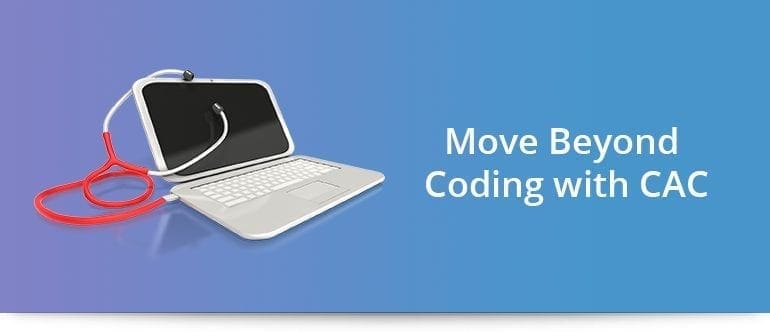Call us toll-free: 800-878-7828 — Monday - Friday — 8AM - 5PM EST


By Chris Casto
Many healthcare organizations implemented computer-assisted coding (CAC) to supplement coding operations. The use of natural language processing to pre-read patient charts to suggest ICD-10-CM-PCS and CPT codes to the coding staff resulted in higher productivity, greater accuracy or both. Using machine learning and artificial intelligence, some organizations have moved beyond code suggestions to tackle other problems.
“Computer-assisted coding will continue to be a valuable, if not essential, tool for medical coding,” says Heather Eminger-Gladden, CAC & CDI Product Manager at Dolbey. “For those organizations using it, they should look to the software for the ability to concurrently read charts while the patient is still receiving care.”
A concurrent review of charts can guide clinical documentation staff or case managers to those that need their analysis the most. Instead of combing somewhat blindly through charts, CAC can create worklists based on what is or is not documented. A few examples are:
Hierarchical Condition Coding (HCC) — point CDI toward charts where, on a prior visit, the patient had documented HCC codes, but are missing this visit. This may indicate that a diagnosis was missed that could still be present.
30-Day Readmit — these can result in a reimbursement challenge. The CAC software can determine when a patient has returned inside that crucial window of time with the same or similar principle diagnosis.
Automatic Concurrent DRG Analysis — AI algorithms can automatically model an estimated DRG, which can be used to create worklists for CDI where the facility may be having known challenges. Another valuable use of the concurrent DRG analysis is to identify patients that may fall into a CMS bundled payment category (BPCI). Care teams and managers could be alerted very early in the patient stay.
GMLOS — CAC can alert on charts that are approaching the allowable length of stay to make sure nursing and providers are collaborating in a timely manner about the patient’s disposition.
Based on the ever-changing landscape of CMS and payer programs that emphasize payment for quality, this kind of business intelligence about chart content is essential.
